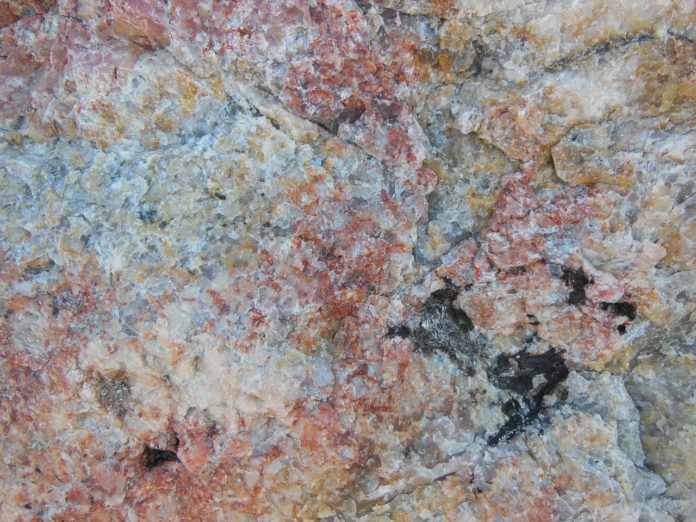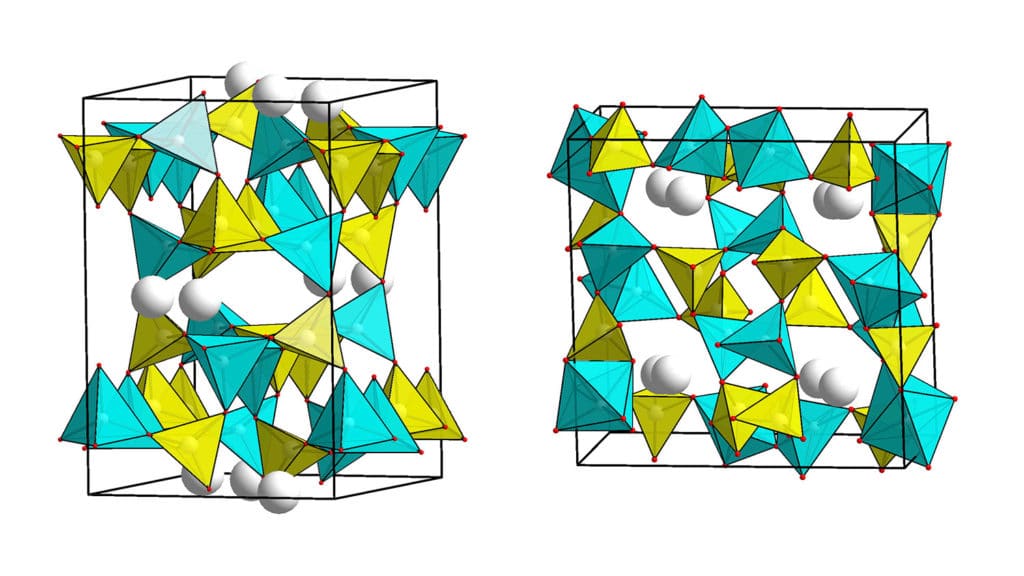Feldspars are rock-forming minerals that make up a large portion of the Earth’s crust. Along the mantle geotherm, feldspars are stable at pressures up to 3 GPa and may continue metastably at higher pressured under cold conditions.
In a new study, scientists have discovered new forms of the common mineral feldspar under high-pressure experiments. The revelation could change the view at cold subducting plates and the interpretation of seismologic signatures.
DESY scientist Anna Pakhomova said, “The behavior of feldspars under increasing pressure and temperature has been intensively investigated before, concerning their fate in Earth’s interior. Feldspars are known to be stable only at pressures of up to 3 Giga-Pascals along with the common pressure-temperature profile of the Earth. At the same time, they decompose into denser minerals at higher pressures.”
“However, under cold conditions, feldspars may persist metastably at pressures higher than 3 GPa. Previous high-pressure structural studies of feldspars at room temperature have shown that the tetrahedral framework of feldspars is preserved up to 10 GPa.”
Scientists performed a series of high-pressure-high-temperature experiments to explore the stability of the newly discovered feldspars at high temperatures and their possible persistence in Earth’s interior. They found that the high-pressure variant of anorthite persists at temperatures up to 600 degrees Celsius at 15 GPa.
Leonid Dubrovinsky from Bayerisches Geoinstitut in Bayreuth said, “Such pressure-temperature conditions could be found on Earth in the subductions zones – regions where two lithospheric plates collide, one riding over the other. In such geological settings, feldspars are delivered into Earth’s interior along with other crustal material by the descending plate.”
“Our results indicate that in cold subduction zones if the temperature does not rise above 600 degrees, high-pressure phases derived from feldspars could persist at depths corresponding to Earth’s upper mantle. This could influence the dynamics and fate of cold subducting lithospheric plates and alter seismological signatures.”
Journal Reference:
- Anna Pakhomova et al., Polymorphism of feldspars above 10 GPa. DOI: 10.1038/s41467-020-16547-4

